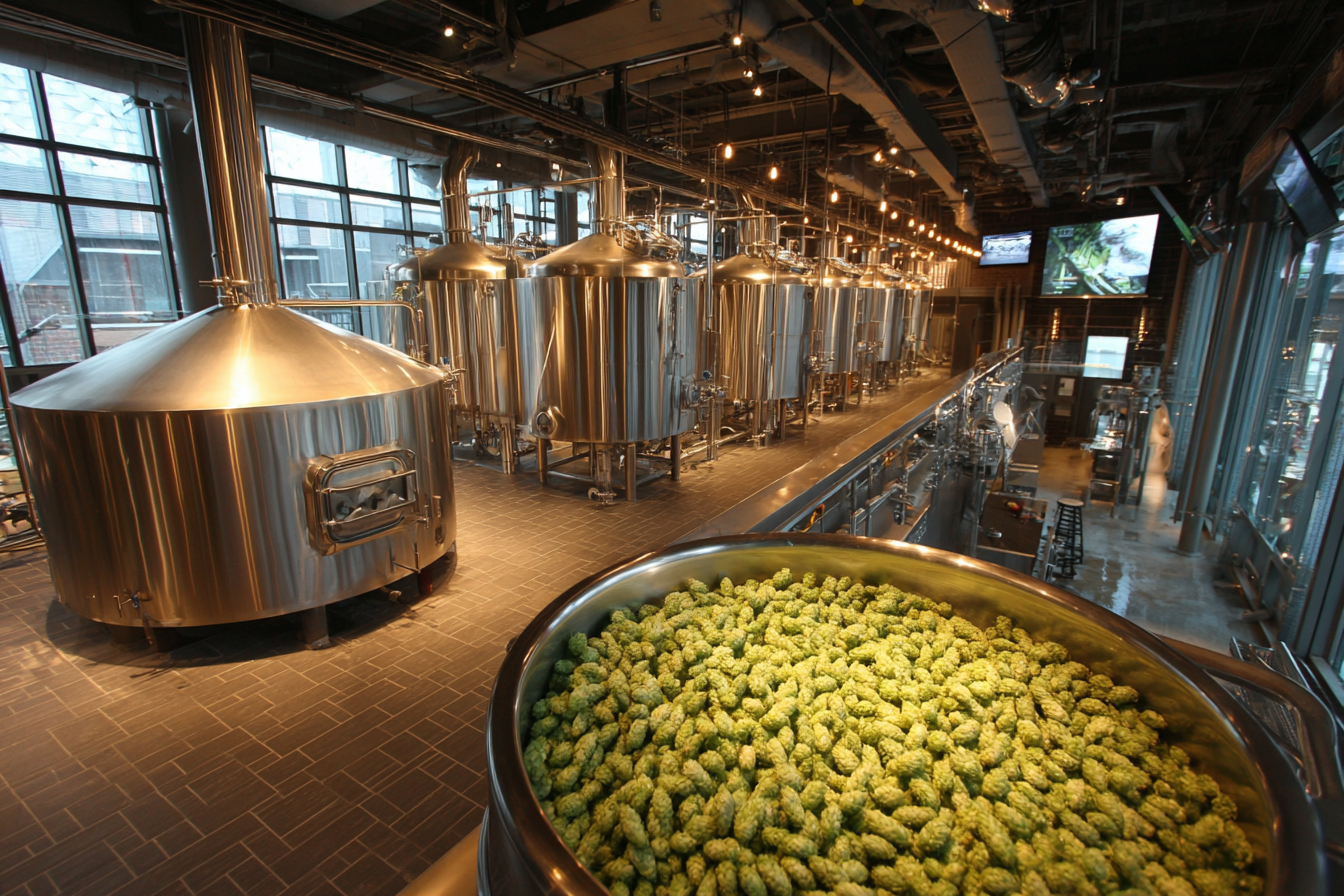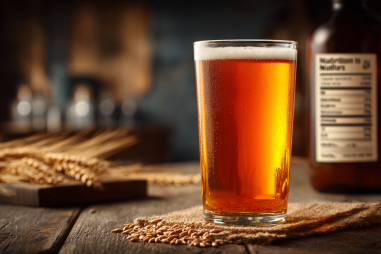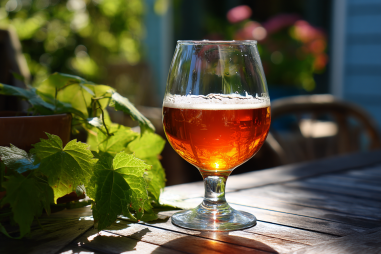American Style Pilsners are a popular and refreshing beer style known for their crisp taste and drinkability. They bring a modern twist to the traditional pilsner style that originated in Europe, incorporating uniquely American ingredients and brewing techniques. Whether you’re a homebrewer or just curious about the process, understanding how American Style Pilsners are brewed can deepen your appreciation for this delightful beer. From selecting the perfect malt and hops to mastering fermentation and conditioning, each step plays a critical role in achieving that signature clean, balanced flavor profile.
Introduction to American Style Pilsner
The American Style Pilsner is a lighter, hoppier interpretation of the classic European pilsner. While it maintains the traditional characteristics of being pale and crisp, it often features a brighter hop presence and more pronounced aroma, thanks to the use of American hop varieties. This beer style is typically brewed using bottom-fermenting lager yeast, fermenting at cooler temperatures to create a clean finish with minimal fruity esters. Crafted for refreshment and easy drinking, American Style Pilsners complement a wide range of foods and are ideal for warm weather enjoyment.
Key Ingredients: Malt, Hops, Yeast, and Water
Every great pilsner starts with high-quality ingredients that work harmoniously to deliver the desired flavor, aroma, and mouthfeel.
- Malt: The malt provides the body, color, and fermentable sugars essential to the beer. American Style Pilsners often use pale malt as the base to achieve a light, golden color with a subtle sweetness.
- Hops: Hops add bitterness, aroma, and flavor. American varieties tend to bring floral, citrusy, or piney notes when compared to their European counterparts.
- Yeast: Lager yeast strains are used to ferment at cooler temperatures, producing a clean profile with crisp finish, minimizing esters and phenols common in ales.
- Water: Water chemistry is crucial; soft to moderately hard water with low mineral content is preferred to avoid harshness and support delicate hop bitterness.
Malt Selection and Malt Bill
The malt bill for an American Style Pilsner usually consists predominantly of two-row pale malt, which provides a clean base with enough enzymatic power for mashing. Some brewers include a small percentage of pilsner malt to emulate the traditional style’s delicate flavor and nuance. Additionally, a touch of specialty malts like Vienna or Carapils may be used sparingly to enhance malt complexity, body, or head retention without overpowering the beer’s light character. The goal is achieving a malt profile that supports the hop bitterness and aroma while allowing the crispness of the beer to shine.
American Hop Varieties Used in Pilsners
One of the defining traits of the American Style Pilsner is its hop character, which distinguishes it from traditional European versions. Brewers often select popular American hop varieties that impart bright, punchy notes and balanced bitterness. Examples include:
- Cascade: Known for floral and citrusy notes, especially grapefruit.
- Citra: Brings intense tropical fruit and citrus aromas.
- Centennial: Sometimes called a super Cascade for its floral and citrus profile with mild pine.
- Willamette: Offers earthy, herbal, and slightly spicy qualities.
- Chinook: Adds pine and grapefruit bitterness, excellent for balancing malt sweetness.
The choice of hops will influence the final beer’s aroma and bitterness, so balancing these elements is essential.
Brewing Steps: Mashing, Boiling, and Cooling
The brewing process starts with mashing, where crushed malt is mixed with hot water to activate enzymes that break down starches into fermentable sugars. For an American Style Pilsner, this step typically occurs at around 150–154°F (65–68°C), producing a balanced profile with moderate body and fermentability.
Following mashing, the wort is separated from the spent grains and brought to a boil, usually lasting about 60 minutes. This boiling stage sterilizes the wort and allows hops to be added at specific times:
- Bittering hops: Added at the beginning of the boil to provide backbone bitterness.
- Flavor and aroma hops: Added later or at flame-out to preserve volatile hop oils that contribute to aroma and taste.
Once boiling is complete, the wort is rapidly cooled using a wort chiller to a temperature suitable for yeast pitching, generally around 48–55°F (9–13°C) for lagers.
Fermentation Specifics for American Style Pilsners
The fermentation process defines much of the beer’s character. American Style Pilsners use clean fermenting lager yeast strains, such as Saccharomyces pastorianus, which prefer cooler temperatures between 48 and 55°F (9-13°C). Fermentation tends to be slower than ales, often taking one to two weeks to complete the primary phase. This cooler, slower fermentation helps suppress fruity esters and unwanted phenolic flavors, resulting in the crisp, clean taste typical of the style.
After primary fermentation, many brewers do a diacetyl rest by raising the temperature slightly (to around 60–65°F or 15–18°C) for a day or two to allow the yeast to clean up off-flavors before moving on to conditioning.
Conditioning and Lagering Techniques
One of the hallmarks of a true pilsner is the extended conditioning, or lagering, phase. This involves storing the beer at near-freezing temperatures (around 32–40°F or 0–4°C) for several weeks, typically 4 to 6 weeks. Lagering allows harsh flavors and residual yeast to mellow, and it enhances clarity by encouraging particulate matter to settle out.
This cold storage also mellows hop bitterness, balances malt sweetness, and adds to the overall smoothness and drinkability of the beer. Patience during this stage is key to producing an authentic, well-rounded American Style Pilsner.
Common Challenges and Tips for Homebrewers
Brewing an American Style Pilsner at home can be rewarding, but it comes with its own set of challenges. Here are some tips to help achieve the best results:
- Temperature Control: Maintaining steady, cool fermentation temps is vital. Consider using a temperature control system or fermentation fridge to keep yeast happy and flavors clean.
- Water Chemistry: Adjust your brewing water to soften harsh minerals and replicate pilsner-friendly profiles.
- Avoiding Haze: Use proper protein rest during mashing, and consider fining agents during conditioning for crystal-clear beer.
- Hop Balance: Don’t overdo late hop additions; aim for balance rather than overwhelming bitterness.
- Patience with Lagering: Don’t rush the maturation process — lager beers improve significantly with time.
By addressing these areas, homebrewers can craft excellent American Style Pilsners that capture the style’s unique personality.
Perfecting Your American Style Pilsner
Mastering the American Style Pilsner brewing process requires attention to detail, the right ingredients, and patience. Starting with a solid malt foundation and selecting vibrant American hops sets the stage for a flavorful and aromatic pilsner. Careful control during mashing, boiling, and fermentation ensures that the beer achieves the desired crispness and clarity. Finally, the long lagering phase polishes the beer’s profile, producing a refreshing, balanced brew that’s as enjoyable to make as it is to drink.
Whether you’re a seasoned brewer or just beginning your craft beer journey, diving into the process of brewing American Style Pilsners opens opportunities to experiment and perfect a beloved beer style. Cheers to crisp, refreshing brews and the joy of brewing!







